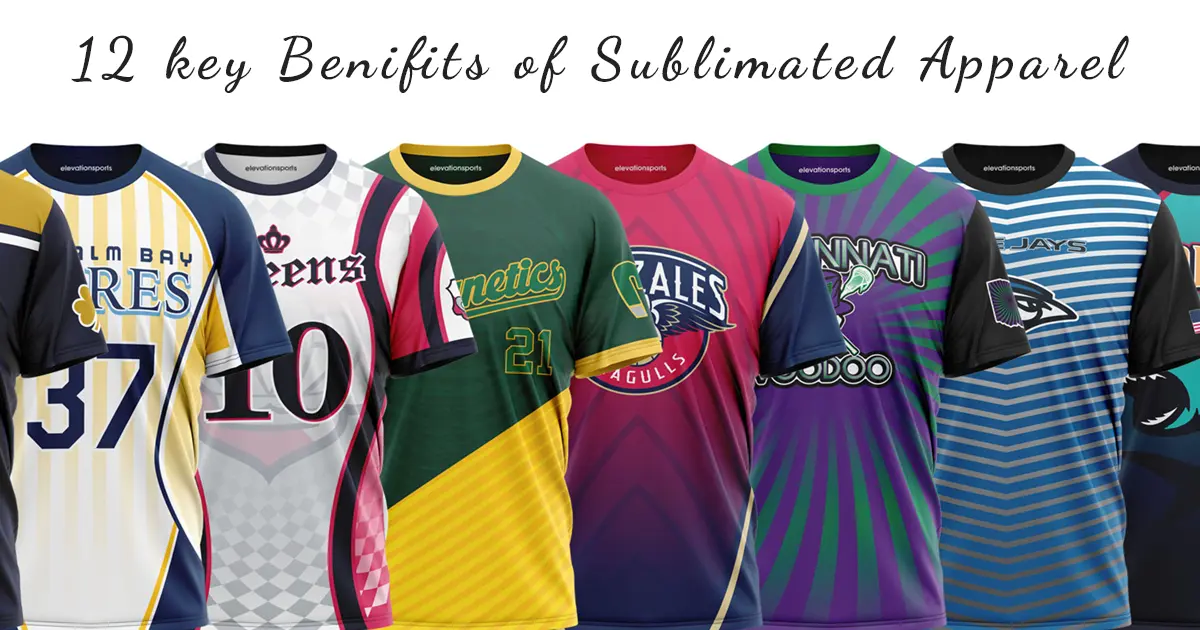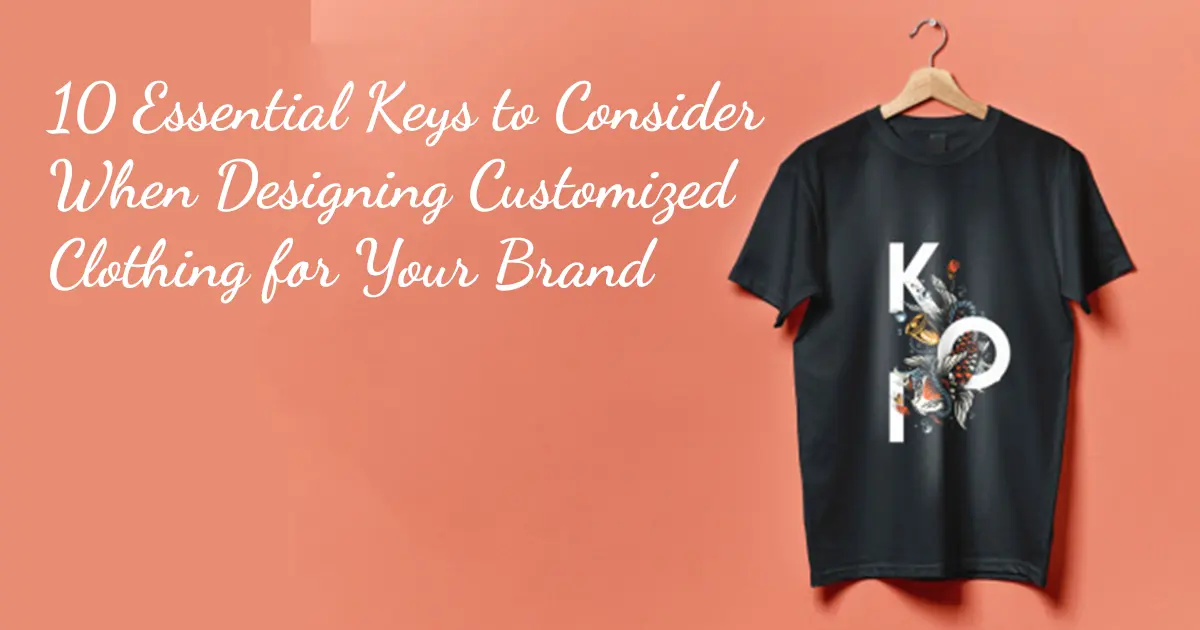In the dynamic world of apparel customization, sublimation has emerged as a revolutionary technique, offering not only vibrant designs but also a myriad of hidden benefits. Beyond the eye-catching aesthetics, sublimated apparel stands out for its durability, breathability, and versatility. In this comprehensive exploration, we unveil the often-overlooked advantages of sublimated clothing that make it a game-changer in the fashion industry.
1. Enduring Vibrancy: Fade-Resistant Designs
Sublimation involves a unique process where the dye becomes part of the fabric rather than sitting on top. This integration results in exceptionally vibrant and long-lasting prints. Unlike traditional printing methods, sublimated designs resist fading, ensuring that your apparel retains its vivid colors through countless wears and washes.
2. Seamless, All-Over Prints: Aesthetic Freedom
One of the standout benefits of sublimation is the ability to achieve all-over prints seamlessly. This opens up a world of design possibilities, allowing for intricate and detailed patterns that seamlessly flow across the entire garment. The absence of seams or breaks in the design enhances the overall visual appeal, creating a striking and cohesive look.
3. Breathability and Comfort: Ideal for Active Lifestyles
The sublimation process does not compromise the breathability of the fabric. The dye penetrates the fibers without adding extra layers, preserving the natural feel of the material. This makes sublimated apparel particularly well-suited for activewear, ensuring optimal comfort during workouts or outdoor activities.
4. Durability Beyond Compare: Resistant to Wear and Tear
Sublimated prints are not only visually striking but also incredibly durable. The integration of the dye into the fabric makes the designs resistant to cracking, peeling, or fading, even after extensive use. This longevity ensures that sublimated apparel remains a reliable and stylish choice in the long run.
5. Customization without Constraints: Expressive Design Freedom
Sublimation allows for unparalleled design flexibility. Complex graphics, vibrant colors, and intricate details can be reproduced with precision, offering a level of customization that surpasses traditional printing methods. This expressive freedom empowers designers and individuals alike to bring their creative visions to life without compromising on quality.
6. Environmentally Friendly Process: Sustainable Fashion
Compared to some traditional printing methods, sublimation is considered more environmentally friendly. The process uses water-based inks, eliminating the need for harsh chemicals. Additionally, sublimation produces minimal waste as any excess dye is converted into gas during the heating process. As sustainability becomes a focal point in the fashion industry, the eco-friendly nature of sublimation adds to its appeal.

Source: apparelviews
7. No Compromise on Performance: Ideal for Sportswear
For athletes and fitness enthusiasts, sublimated sportswear offers the perfect blend of performance and style. The lightweight and breathable nature of sublimated fabrics, coupled with the ability to incorporate intricate designs, make it a preferred choice for activewear. The moisture-wicking properties of sublimated materials contribute to a comfortable and high-performance athletic experience.
8. Quick Turnaround and Low Minimums: Efficient Production
Sublimation’s digital nature allows for swift production processes. Designs can be transferred to the fabric with precision, reducing production time compared to traditional methods. Additionally, sublimation is well-suited for small production runs, making it an efficient choice for businesses and individuals looking to create custom apparel without the constraints of high minimum orders.
9. Reduced Weight and Bulk: Ideal for Travel
Sublimation does not add significant weight or bulk to the fabric, making it an excellent choice for travel apparel. Whether it’s customized vacation wear or promotional items for events, sublimated garments offer comfort and style without the inconvenience of added weight.
10. Photorealistic Imagery: Capturing Fine Details
The sublimation process excels in reproducing photorealistic images with remarkable clarity and detail. This capability is particularly advantageous for designs that involve intricate photographs or highly detailed graphics. The end result is a garment that captures the essence of the intended image with unparalleled precision.
11. Versatility in Fabric Selection: Tailored to Your Needs
Sublimation is compatible with a wide range of fabrics, allowing for versatility in garment selection. From polyester to blends, the process adapts to different materials, providing options for various styles and applications. This adaptability makes sublimation a versatile choice for creating customized apparel across different fashion niches.
12. Unique Textile Feel: Preserving Fabric Texture
Unlike some printing methods that can alter the feel of the fabric, sublimation maintains the original texture of the material. This is particularly crucial for those who appreciate the natural comfort of certain fabrics. The soft and breathable feel of sublimated apparel ensures a comfortable wearing experience while still showcasing personalized designs.
Conclusion: Elevating Fashion through Sublimation
In the ever-evolving landscape of fashion customization, sublimated apparel emerges not only as a visual delight but as a powerhouse of hidden advantages. From enduring vibrancy to sustainability, the benefits of sublimation extend far beyond the surface, redefining the way we perceive and experience personalized fashion. As the demand for unique and high-quality garments continues to grow, sublimation stands at the forefront, offering a fusion of aesthetics, comfort, and innovation that transcends traditional boundaries.






